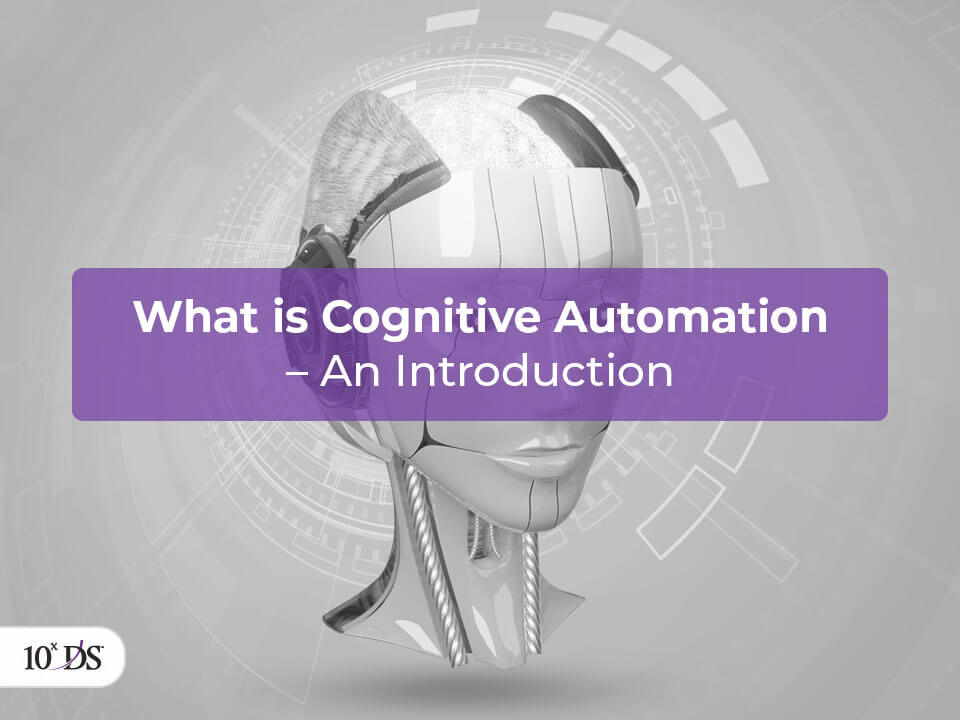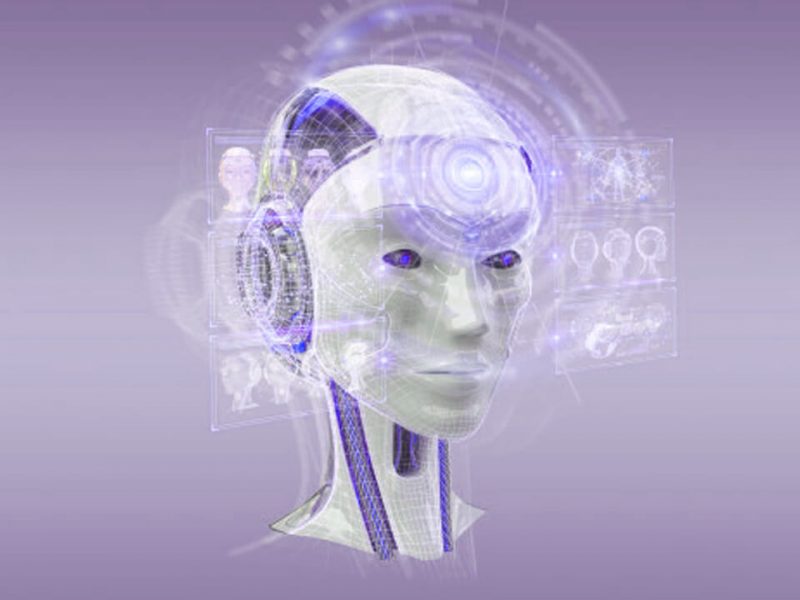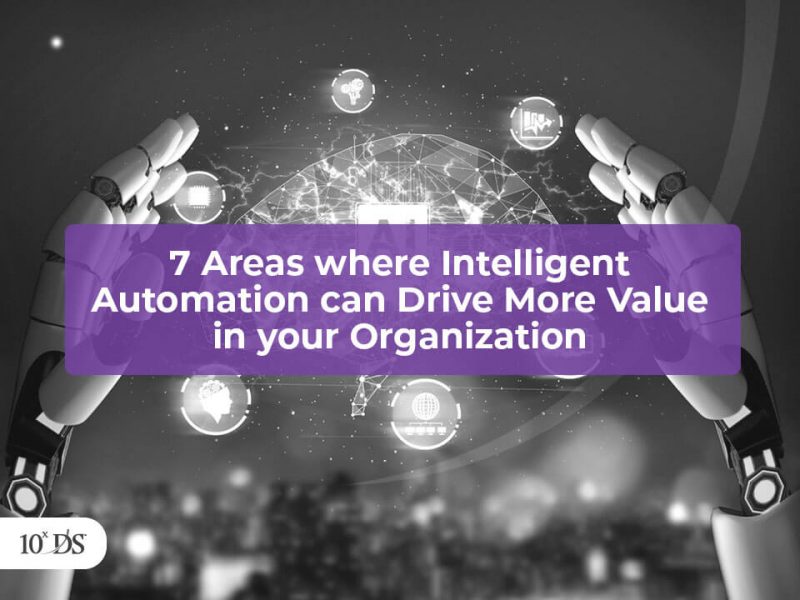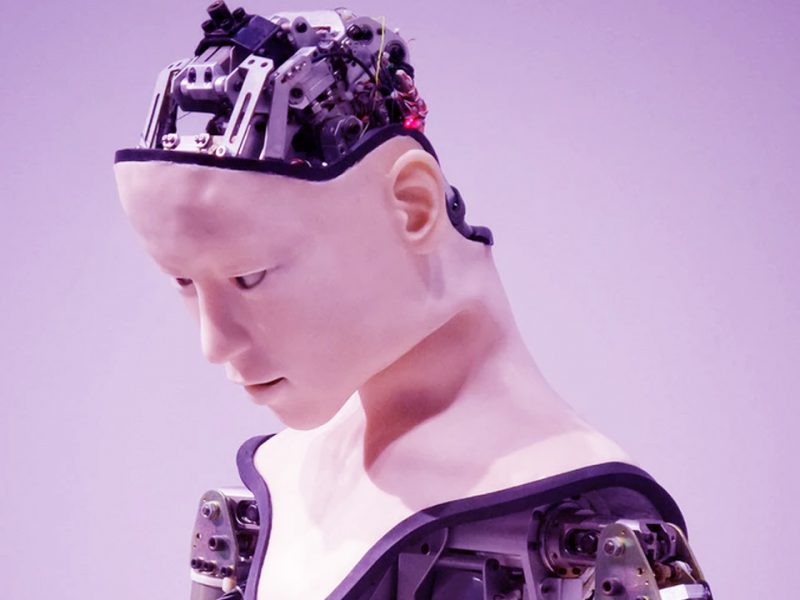
What is Cognitive Automation – An Introduction
According to IDC, spending on cognitive and AI systems will reach $77.6 billion in 2022, more than three times the $24.0B forecast for 2018. Banking and retail will be the two industries making the largest investments in cognitive/AI systems. (IDC, 2019) Cognitive automation mimics human behaviour and is applied on task which normally requires human intelligence like interpretation of unstructured data, understand patterns or make judgement calls.
Key areas in cognitive automation
1. Speech Recognition & Natural Language Processing (NLP)
Amazon Alexa, Google Assistant and Apple’s Siri are all application of NLP where computer understands human language as it is spoken. NLP can be used to identify and analyse free text, a format used to store a tremendous amount of information like patient medical records, conversational, articles, documentaries, novels etc
2. Machine Learning (ML)
Relates to computers learning on its own from a large amount of data without the need to be specifically programmed. Prediction for doctors, fraud detection in banks, sentiment analysis like favourite movie recommendation on Netflix, surge pricing on Uber are all real-world machine learning application. Deep learning a subset of ML teaches computers to learn by example. This technology is behind driverless cars to identify a stop signal, facial recognition in today’s mobile phones.
3. Visual / Text Recognition
Image recognition refers to technologies that identify places, logos, people, objects, buildings, and several other variables in images. Facial recognition is used by security forces to counter crime and terrorism. Text recognition (OCR) transforms characters from printed /written or scanned documents into an electronic form to be further processed by computers or other software programs. Job application tracking system uses OCR to search through resumes for key words.
How RPA and cognitive automation differs
Traditionally cognitive capabilities were the realm of data analytics and digitization. Robotic Process Automation (RPA) works best if you have a structured process, involves a large volume of data and is rule based. If this process involves complex, unstructured data that requires human intervention then Cognitive automation is the answer.
RPA uses technologies like screen scraping, workflow automation whereas Cognitive automation relies on technologies like OCR, ML and NLP. RPA provides immediate Return on Investment (ROI) whereas Cognitive automation takes more time for realization.
Read: How Cognitive Intelligence can take RPA to the Next Level
Maturing to Cognitive RPA
According to IDC, AI use cases that will see the most investment this year are automated customer service agents, sales process recommendation and automation and automated threat intelligence and prevention systems. (IDC, 2019).
Here are some practical examples organizations are implementing or prototyping:
1. Customer support and engagement chatbots which can help cross-sell and upsell products, understand and send voice commands to users in a social media integrated environment. A MEDICI research study of 34 major banks across several geographies (US, EU, Singapore, Africa, Australia, and India) found that 27 out of these 34 banks have implemented AI in their front-office functions chatbot, virtual assistant, and digital advisor. (Choudhury, 2019)
2. Retailers using RFID (radio frequency identification), facial recognition, and image recognition technology to monitor retail activity and enable cashless payment. Using ML-based systems to forecast demand for their product list, using robotics and AI for inventory management, automated customer service agents and expert shopping advisors & product recommendations
3. Security teams in organizations use BOTS to monitor their network day and night against vulnerability, Machine learning and predictive analytics improve threat detection by identifying network anomalies, malware detection, user behaviour patterns analysis to find risky users within an enterprise and potentially thwart fraud or insider threats.
4. Airlines automating their operations like intelligent baggage handling using bag tracking technology, using face recognition for self-service bag check-in kiosks, using AI to determine food to be served on flights based on weather, type of passengers and time of year.
Read: 5 Real-World Cognitive Automation Solutions for Document Processing
Challenges before Cognitive Automation
1. Organizational change
One of the foremost challenges before cognitive automation adoption is organizations need to build a culture that encourages the human workforce to accept, adapt, and work alongside the digital workforce.
2. Technology maturity
AI is still at its infancy, it learns by example, most technologies like NLP, OCR or ML has not yet been perfected or matured, this leaves room for error and require close attention. Thus, it possesses a potential error rate.
3. Value realization
Cognitive automation is more expensive and may take longer to implement than traditional RPA tools in specific scenarios. AI models require extensive training in order to produce an algorithm that is highly optimized to perform one task.
Conclusion
Today, RPA is being widely adopted by enterprises. As cognitive technologies slowly mature, more and more data gets added to the system and it will help make more and more connections. Now the time is right for businesses to look at combining RPA with cognitive technologies to stay ahead of the competition.
Talk to our Experts to kickstart your journey with Cognitive automation.
References
Choudhury, A. (2019, February 13). Are Banks Ready to Embrace AI? Retrieved from GoMedici: https://gomedici.com/are-banks-ready-to-embrace-ai
IDC. (2019, March 11). Worldwide Spending on Artificial Intelligence Systems Will Grow to Nearly $35.8 Billion in 2019, According to New IDC Spending Guide. Retrieved from IDC: https://www.idc.com/getdoc.jsp?containerId=prUS44911419


